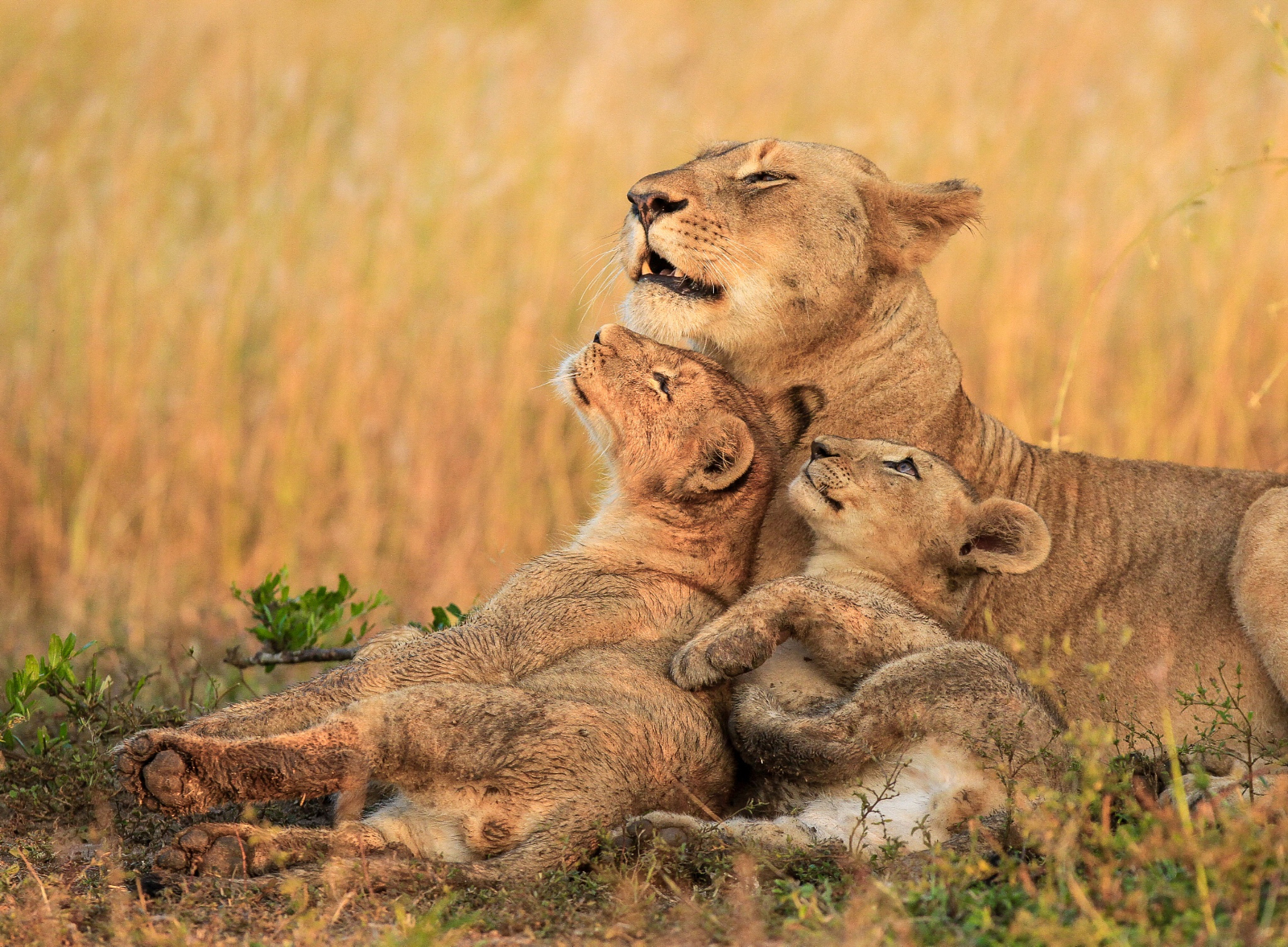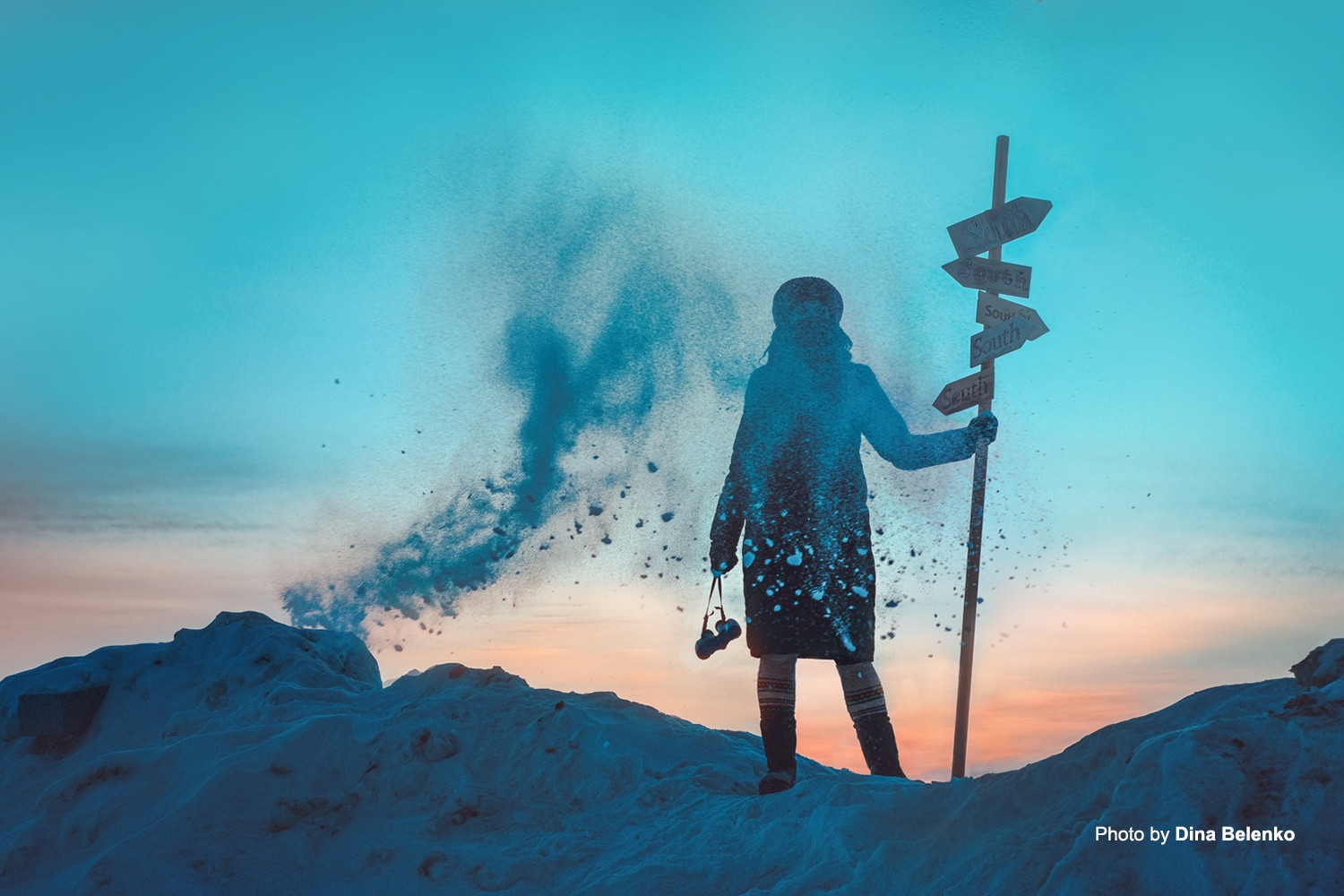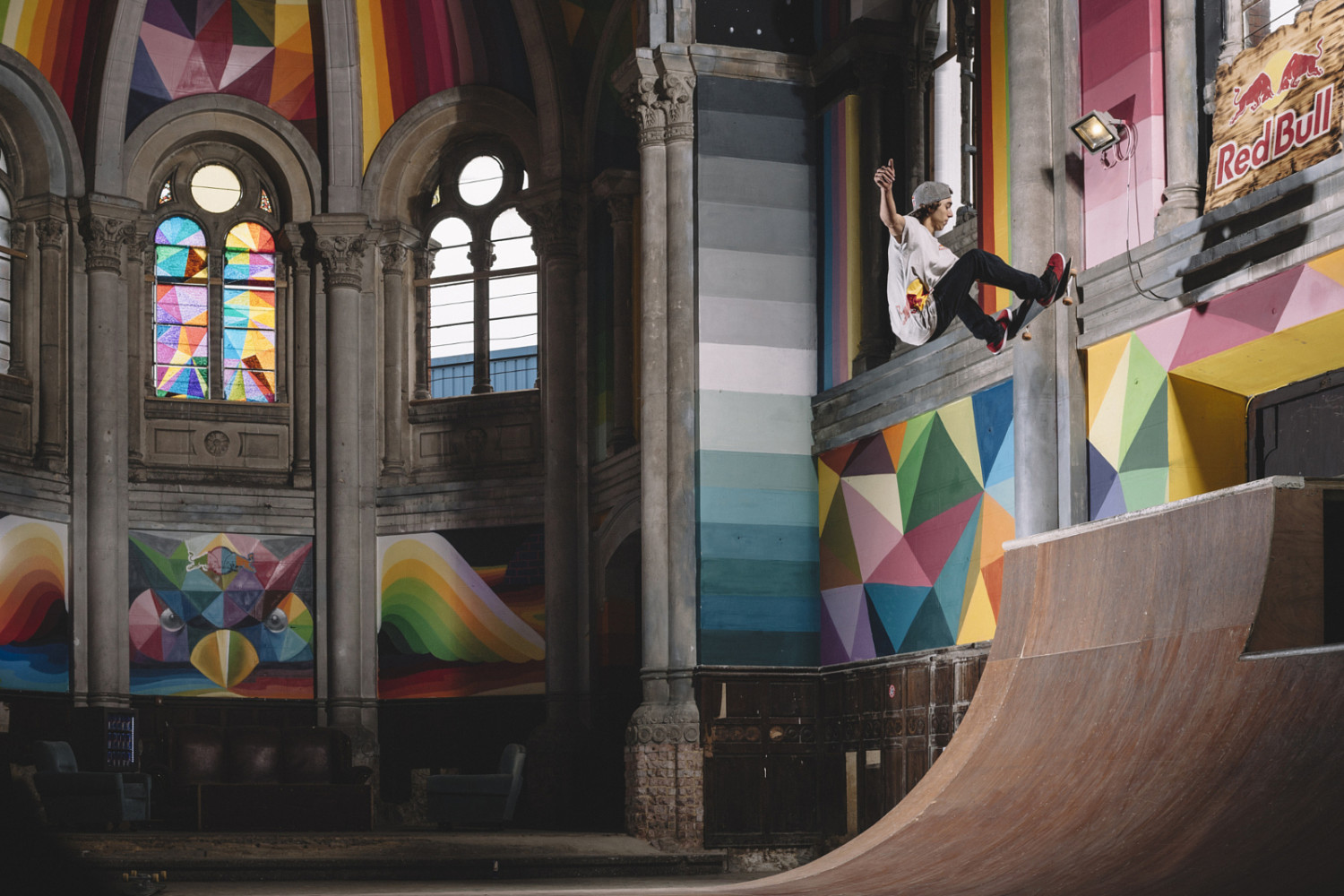Yair Kass is an avid technology lover and a professional musician from Israel. The founder of Filterbaker, an advanced photo editing app, one of Yair’s main interests is developing and enhancing the connection between technology and creativity. His band ‘Girafot’ is a highly regarded and popular band in Israel.
Being a photographer means that the urge to capture new and uncharted material often becomes too strong to ignore.
Feeling a waning sense of interest in the imagery offered by urban jungles and cascading buildings is a sure sign that it’s time for you to pack up your gear, kiss your modern comforts goodbye (don’t go too crazy…), and prepare for an expedition that would make Nigel Thornberry green with envy.
But before you go, read these tips for happy and safe photography.
1. Gear Up or Ship Out
When choosing your gear, be conscious of the climate and region that you’re shooting in. If you are doing a lot of climbing, such as in mountainous regions, 300mm bodies are smaller and more functional options. If you plan on shooting birds or other skittish animals, larger lenses between 400mm or 600mm are necessary and manageable in flat plains.
If you’re a photographer on a budget, a 70-300mm is a brilliant substitute for purchasing many lenses for a range of usages. If you plan on shooting with a very large/long lens, be very aware of weight as you will likely have to lug a tripod around or move about by car—a small price to pay for impeccable zoom range and sharpness.
2. Obey the 3 C’s: Calm, Cool, and Collected
Any wildlife photographer, no matter their experience, will tell you that this genre of photography takes patience above all else. When Paul Nicklen photographed Canada’s white “spirit bears” for National Geographic, he got his winning shots in just 2 days out of his 90 day voyage!
Remaining calm and patient is the surest way to avoid making any stirring movements that will jeopardize your safety in the animals’ habitat—it will also give you a heightened knowledge of your subject. Great wildlife photography will show animals in their natural habitat, this means assimilating to their surroundings when in the field and spending ample time learning and capturing their routines.
3. Maintain Space
Keep in mind whose home it is you are visiting. By encroaching on an animal’s habitat, you’re essentially telling it that you mean to impose. Some animals become territorial at just the scent of another species, and this will trigger their protective instincts.
Using a telephoto lens will allow you to keep a safe distance while getting the same sharpness and clarity you would if you were up close. Luckily, this can improve your photos while simultaneously helping you keep a healthy distance. By including the animal’s scenery into the shot, it can tell a fuller story—including plenty of negative space in your shot offers a more in-depth look at your subject’s environment.
Joe McDonald, an esteemed wildlife photographer, recalls an incident from a shoot he had with a pair of sparring Jaguars, ‘The male approached the female thinking that she would be receptive, but instead she turned on him, talons out and attacked and pushed him right into the bushes backwards.’ By keeping distance, he was able to capture the fight as well as the bush which acted as a backdrop to the dispute.
4. Whatever the Weather
Having an attuned awareness of the climate you’re photographing in can make all the difference. For example, when shooting in a jungle during rainy season, it is essential to come armed with specific gear so as not to damage your equipment or harm yourself.
Hire a ranger, take a lot of breaks, prepare yourself for tons of bugs, and take the proper precautions to protect your lenses and camera body. Be sure to prepare for all types of weather, both expected and unexpected.
5. Timing is Everything
Keep in mind that each climate comes with its best matched hour. If shooting in the desert, nighttime is good for long-exposures, artificial lighting, and avoiding scorching highs. Many photographers claim Golden Hour (the time right after sunrise and just before sunset) is an unmatched time for capturing gorgeous shots thanks to the soft, diffused light at that time of day. If photographing in colder climates, it’s best to get there early and leave in the evening. Nights in the jungle are incredibly cold and wet, and therefore often lethal to camera equipment.
6. Stay on the Beaten Path
Whether you’re shooting in the jungles of Southeast Asia or in the Outback of Australia, staying on the beaten path is a must. While it may be tempting to explore beyond the allotted borders, being too brave is how photographers find themselves in precarious situations. When shooting in tropical climates, prepare yourself for trekking in very dense and tangled atmospheres. Depending on the trail, it is often wise to hire a guide for riskier expeditions.
7. Photograph from a Vehicle
Jeff Wignall, wildlife photographer and author, says, ‘The key is to find an active area and then shut the car off and settle in while the wildlife comes to you. The longer your car sits and the less movement there is near the windows, the more comfortable the birds or animals will become.’
Shooting from inside your vehicle is not a guaranteed safeguard against the dangers posed by wildlife. However, using a vehicle as a protective barrier is one way of lowering the danger meter. Knowing your subject will come in especially handy when deciding whether or not you’re better off inside a car.
As Dorothea Lange said, “Photography takes an instant out of time, altering life by holding it still.” Whether your moment in time is urban or wild, the power to capture time and space is in your hands—remember to use it passionately and wisely.
Have additional tips for taking beautiful and safe photos in the wild? Write them in the comments section below!












Leave a reply